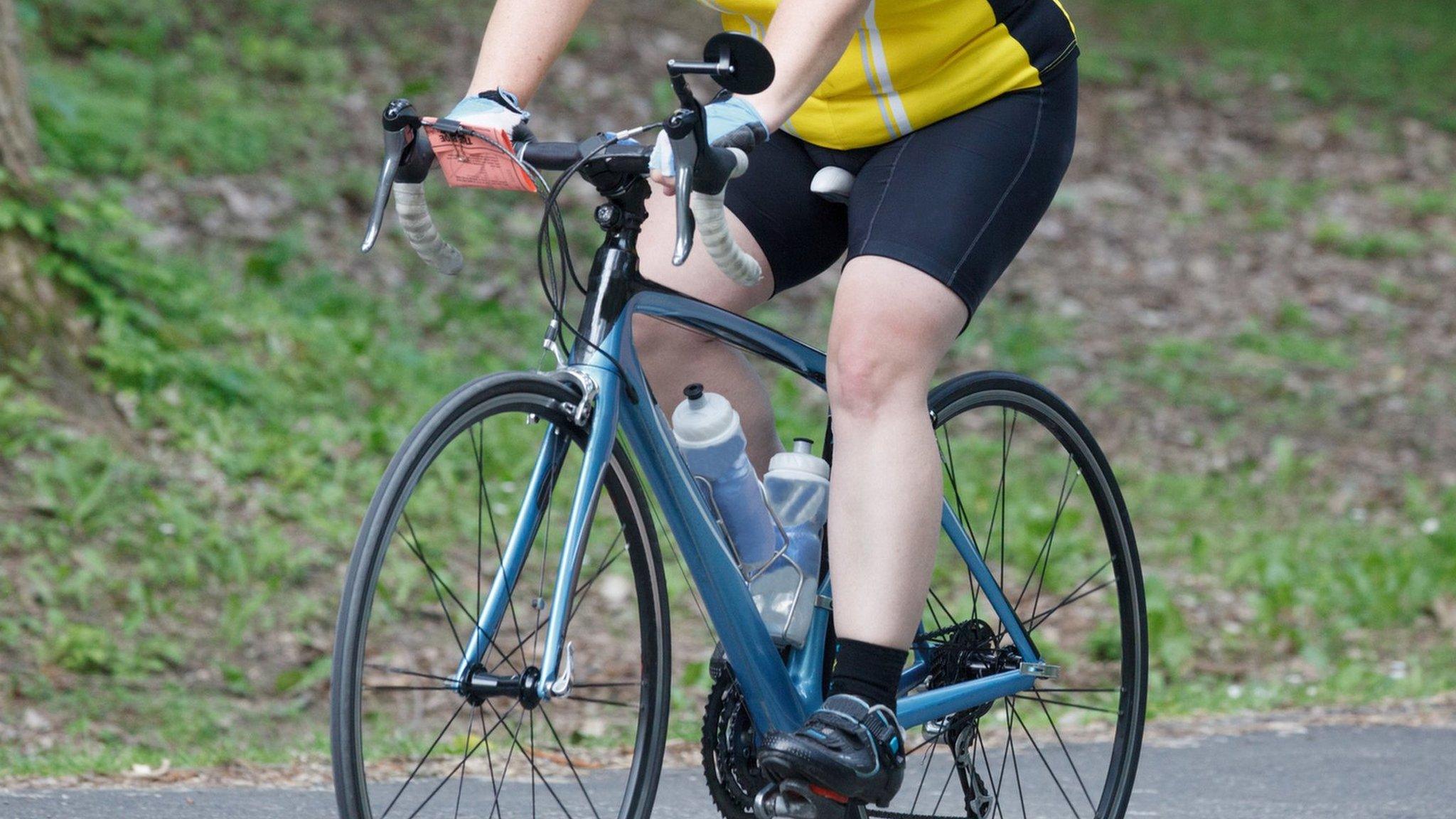The app that inspires tens of millions to go cycling
- Published
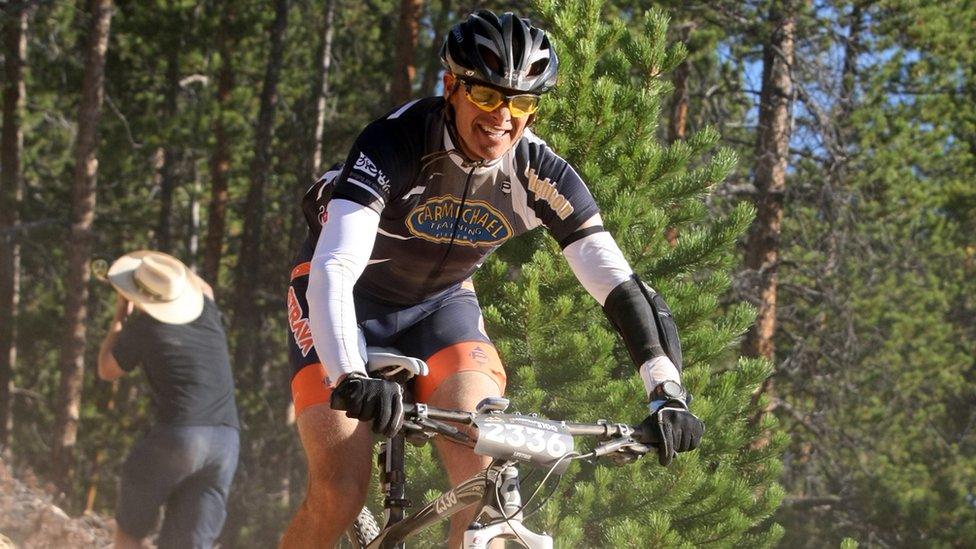
Mark Gainey did not let injury stop him from cycling for long
Thankfully for tens of millions of cyclists around the world, Mark Gainey didn't walk away from the sport when he had a nasty crash back in 2002.
Racing his bike down a steep road in California, he hit a pothole and went flying, shattering his left arm and elbow. He required no fewer than 11 operations to repair the damage.
Many of us wouldn't want to look at a bike again after that, but Mark got back in the saddle and a few years later he and a friend came up with the idea for what has become the world's most popular cycling app - Strava.
If you aren't a keen cyclist then you may not have heard of it but for those of us who do like pedalling around on two wheels it isn't an exaggeration to say that the app has been revolutionary.
Utilising the GPS (global positioning system) software on your smartphone, it enables you to record your ride, and then see an accurate line of the route you have cycled on an electronic map.
It tells you how far and fast you have cycled, and you can compare your times over certain sections - such as popular hill climbs - with both how well you have done before and with other Strava users.
This means that you can compete to beat other people's times and aim to be "the king (or queen) of the mountain" on a certain stretch of road.
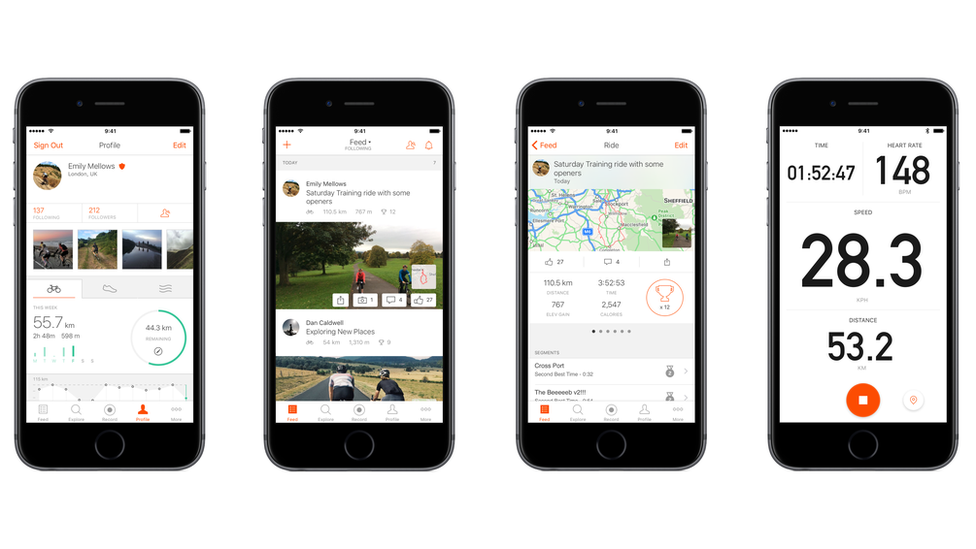
The Strava app is continuing to see user numbers soar
First launched in 2009 and since expanding to running and other sports, Strava now has tens of millions of users around the world, many of whom find it completely addictive.
The word Strava is even used as a verb, as in "I'm going to strava this ride," and then there is the saying: "If it isn't on Strava then it doesn't count."
While it has numerous rivals whose apps do similar things, such as Map My Ride and Endomondo, Strava's user numbers tower over the others. It claims that an additional one million people join every 45 days.
But despite its vast popularity and the fact that it is backed by $70m (£54m) of investment, the company (which doesn't reveal its financial results) is widely reported to have not yet made a profit. So what is the problem and how can it change it?

The app was inspired by the idea to help boost camaraderie among fellow athletes
Mark Gainey, 48, says that the original genesis of the idea for San Francisco-based Strava came when he and co-founder Michael Horvath graduated from Harvard University.
"Back in the late 1980s Michael and I rowed together at Harvard. It was an incredible experience, pretty special, with great camaraderie.
"The only problem was that we then graduated and - whoosh - that all just disappeared.
"So brainstorming ideas for businesses we said, 'Wouldn't it be great to replicate that camaraderie in the boathouse.' The idea was to create a virtual locker room for athletes to compare times. Unfortunately the technology just didn't exist at the time."
Fast-forward to 2008 and Mark and Michael, still friends, had not forgotten their idea. By then Mark had spent almost two decades in the software sector, while Michael was a business and economics lecturer who also dabbled in the IT industry.
By then technology had made their idea possible, with the invention of GPS recorders and the iPhone and other smartphones. And the likes of Facebook had made people used to sharing information about themselves online.

The app has since expanded to running and other sports such as skiing
And so the two friends launched Strava, the name being the Swedish word for "strive" in reference to Michael's ancestry.
The app was an immediate word-of-mouth hit and user numbers soon skyrocketed and haven't slowed since.
With its largest number of users in the US followed by the UK and Brazil, commentators put Strava's success compared with its smaller rivals down to a combination of its ease of use, and larger focus on sociability - the ability to see what friends are up to, chat and comment on each other's rides, and give someone "kudos" for a good ride.
Mark refers to this as Strava's "secret sauce", and he has huge ambitions for the company. "We want to be the trusted sports brand of the 21st Century, but instead of needle and thread it is bits and bytes," he says.
The financial problem for Strava is that its basic free offering is so good most users aren't tempted to upgrade to its paid-for "premium" service.
The company won't release the percentage figure for the number of premium users, but commentators say it is likely to be around the 20% mark.
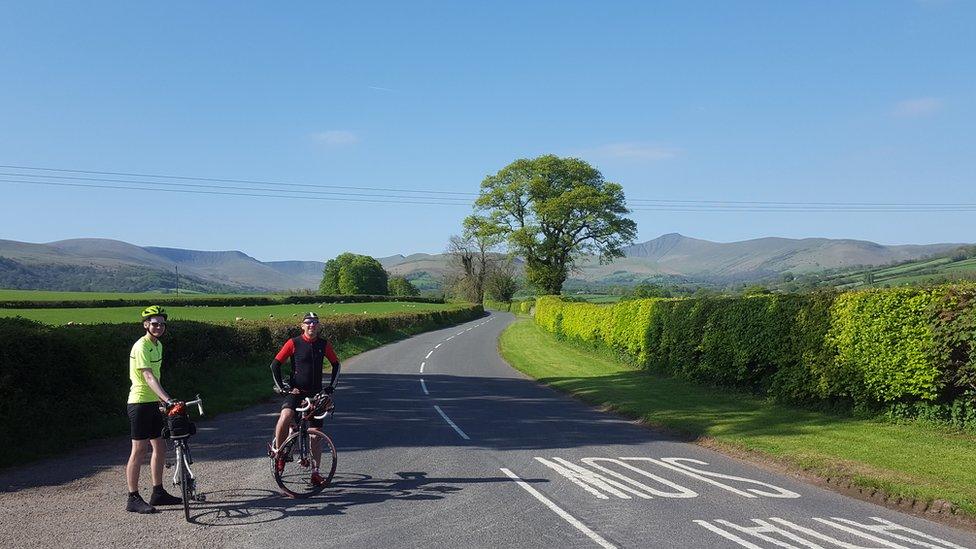
Users of the app can upload their own photos
As Mark confirms that the company's main revenue stream remains premium subscribers, it needs to see if it can increase this.
Strava is also hoping to increase the money it makes from tie-ups with sports firms, and use its data to work with local authorities around the world to improve and increase their provision of bike lanes.
To help boost Strava's earning potential, it has recently brought in a new chief executive, James Quarles, who joined from Instagram. The change saw Mark move from that role to chairman.
Mark says: "We want to take Strava from tens of millions [in] revenues to hundreds of millions, and James will lead that."

Mark has switched from chief executive to chairman
UK cycling journalist Rebecca Charlton says it is hard to overstate how successfully Strava had turned itself into a "social network for athletes, a kind of home for their athletic lives".
Meanwhile, US cycling industry commentator Scott Montgomery predicts that Strava will indeed have a profitable future.
"They say in the technology sector that the first is the winner, and the second is forgotten, and Strava has definitely beaten its rivals.
"Somebody has done a great job on the marketing side and the app is very easy to use. They are now at the stage where they own a vast audience, and if you are in that position you will get profitable."
Mark adds: "We are the world's social network for athletes, but I'm also very pleased that we are simply encouraging more people to be active."
- Published11 September 2017
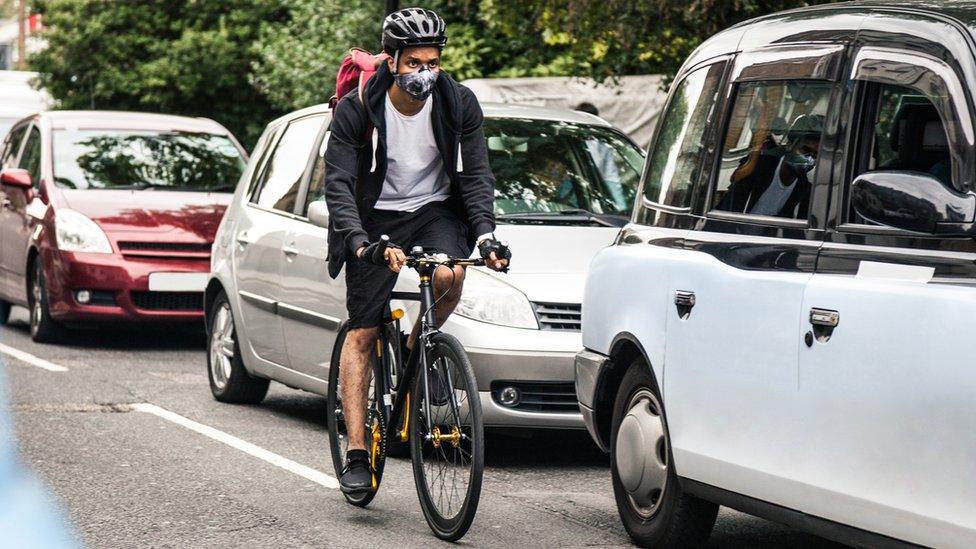
- Published9 September 2017
- Published29 August 2017
